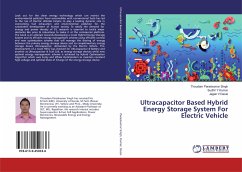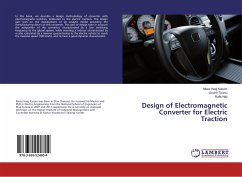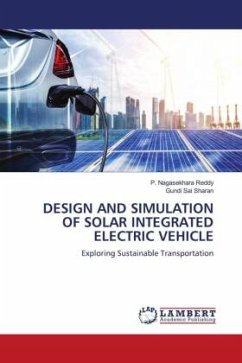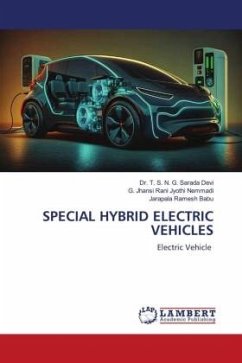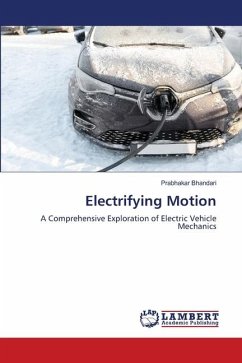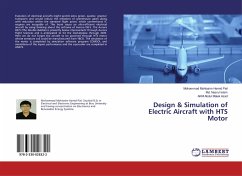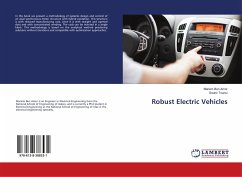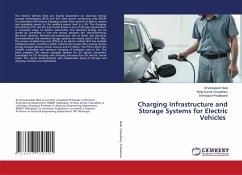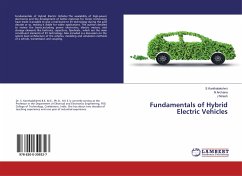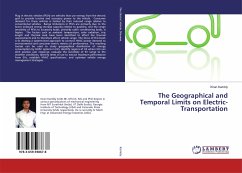
The Geographical and Temporal Limits on Electric-Transportation
Versandkostenfrei!
Versandfertig in 6-10 Tagen
47,99 €
inkl. MwSt.

PAYBACK Punkte
24 °P sammeln!
Plug in electric vehicles (PEVs) are vehicles that use energy from the electric grid to provide tractive and accessory power to the vehicle. Consumer demand for these vehicles is limited by their reduced range relative to conventional vehicles. Range limitations in PEVs are primarily due to the lower onboard energy storage capacity relative to gasoline, and the range sensitivity of PEVs to accessory loads, primarily cabin conditioning loads, is higher. The factors such as ambient temperature, solar radiation, trip length and thermal soak have been identified to affect the thermal requirements ...
Plug in electric vehicles (PEVs) are vehicles that use energy from the electric grid to provide tractive and accessory power to the vehicle. Consumer demand for these vehicles is limited by their reduced range relative to conventional vehicles. Range limitations in PEVs are primarily due to the lower onboard energy storage capacity relative to gasoline, and the range sensitivity of PEVs to accessory loads, primarily cabin conditioning loads, is higher. The factors such as ambient temperature, solar radiation, trip length and thermal soak have been identified to affect the thermal requirements and to therefore affect vehicle range. The focus of this book is to develop a systems-level approach to connect HVAC power demand to environmental and consumer-centric metrics of performance. The resulting toolset can be used to study geographical distribution of energy consumption by HVAC systems in EVs, identify regions of US where EVs can elicit positive user response, evaluate the sensitivity of EV range to the weather conditions, identify times of use to extract maximum performance from EVs, establish HVAC specifications, and optimize vehicle energy management strategies.



